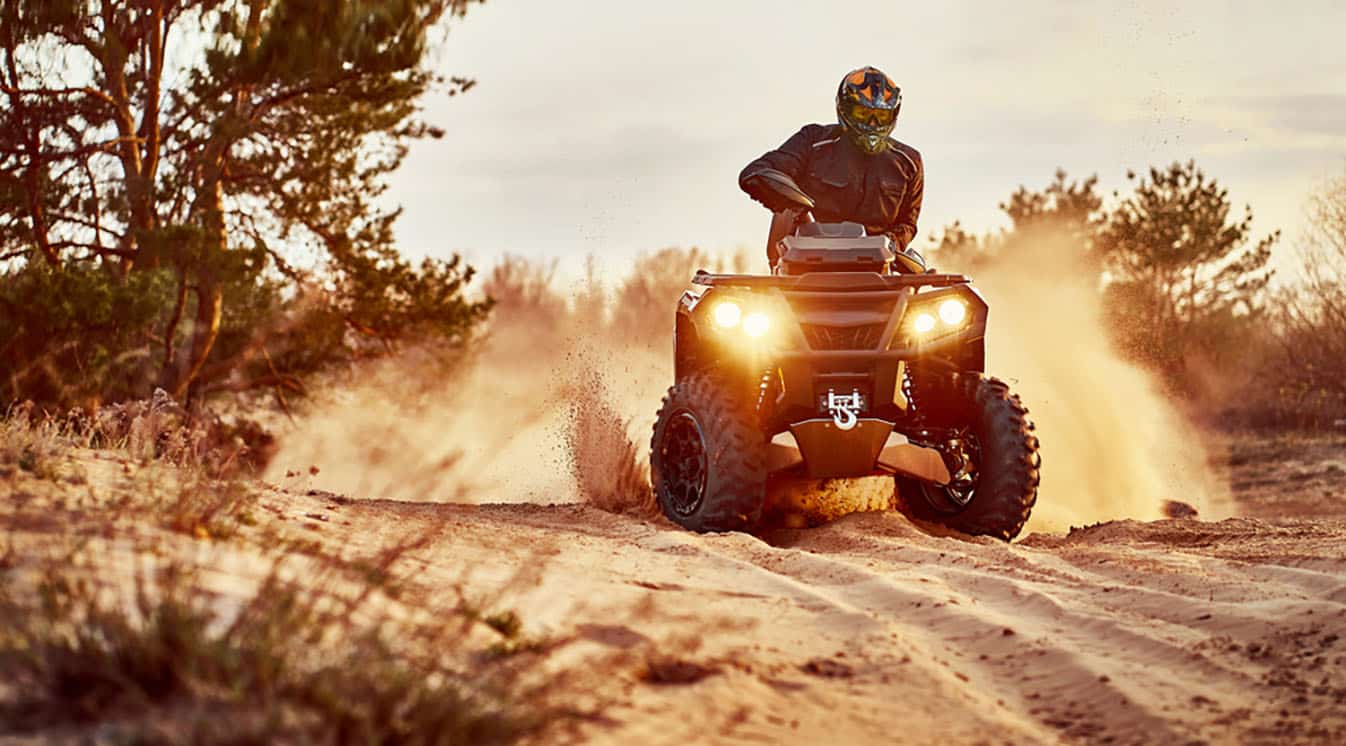The beauty of cycling lies in its versatility. One day you might find yourself navigating rocky singletrack through dense forest, and the next you could be cruising through city streets on your commute to work. But this diversity presents a challenge: how do you choose gear that performs well across such different riding environments?
The key is understanding that versatile cycling gear isn’t about finding one item that does everything perfectly—it’s about building a thoughtful collection of equipment that can adapt to various situations while maintaining core functionality and comfort.
Understanding Your Riding Profile
Before diving into specific gear recommendations, take a moment to honestly assess your cycling habits. Do you spend 80% of your time on paved roads with occasional gravel adventures? Are you primarily a mountain biker who occasionally rides to the local coffee shop? Or perhaps you’re truly split between different disciplines?
Most cyclists fall into predictable patterns, even if they don’t realize it. Understanding your primary riding style helps you make smart investments in gear that will see the most use, while identifying secondary needs helps you choose versatile pieces that can handle occasional different terrain.
The Foundation: Choosing the Right Bike
If you’re in the market for a new bike, consider models designed for versatility. Gravel bikes have gained popularity precisely because they bridge the gap between road and trail riding. With clearance for wider tires, more relaxed geometry than pure road bikes, and mounting points for accessories, they excel in mixed conditions.
For those who already own a bike, don’t underestimate the transformation power of tire choice. A mountain bike equipped with semi-slick tires becomes surprisingly capable on pavement, while a road bike with slightly wider, more robust tires can handle light gravel and dirt paths with confidence.
Clothing That Adapts
The cycling apparel industry has made tremendous strides in creating clothing that performs across different riding styles. Modern cycling shorts often feature subtle styling that doesn’t look out of place grabbing coffee after a ride, while still providing the technical performance needed on longer adventures.
Look for pieces that layer well. A lightweight, packable jacket might serve you whether you’re dealing with an unexpected mountain shower or a chilly morning commute. Similarly, arm and leg warmers offer temperature regulation flexibility that works whether you’re climbing mountain passes or dealing with variable urban microclimates.
The key is avoiding overly specialized pieces unless you truly need them. That full-face mountain bike helmet might be essential for downhill riding, but a well-ventilated trail helmet with good coverage will protect you adequately on most terrain while remaining comfortable for longer road sections.
Essential Multi-Environment Gear
Some pieces of equipment prove their worth regardless of where you ride. A quality multi-tool is equally valuable whether you’re miles from civilization on a backcountry trail or dealing with a mechanical issue during your urban commute. Choose one with the functions you’re most likely to need: chain tool, tire levers, and the common bolt sizes for your specific bike.
Lighting deserves special attention for versatile riders. A good headlight isn’t just for night riding—it’s invaluable in dense forest sections, tunnels, or simply increasing your visibility in busy urban traffic. Similarly, a reliable rear light serves you well whether you’re on a dawn patrol mountain bike ride or navigating evening city streets.
Hydration systems also benefit from versatility thinking. While dedicated mountain bikers might prefer hydration packs for longer rides, a good frame-mounted bottle system works across all riding styles and keeps your back free from extra weight during shorter trips.
Storage Solutions
The ability to carry essentials varies dramatically between riding styles. Mountain bikers often have frame bags or packs to carry tools and supplies for self-sufficient adventures. Urban riders might prioritize sleek storage that doesn’t interfere with bike handling in traffic.
Frame bags offer an excellent compromise. They keep weight centered on the bike, don’t affect aerodynamics significantly, and provide accessible storage for tools, snacks, and a rain layer. Many modern frame bags are designed with clean lines that look appropriate on both trail and road bikes.
For riders who frequently transition between different types of rides, modular storage systems shine. Quick-release seat bags, frame bags, and even small handlebar bags can be easily swapped or removed depending on the day’s adventure.
The Economics of Versatile Gear
Investing in versatile gear often makes financial sense. Instead of buying separate sets of equipment for different riding styles, you can build a more focused collection of high-quality pieces that serve multiple purposes. This approach typically results in better performance across the board, since you’re investing more money in fewer, better items.
However, don’t fall into the trap of thinking one item can truly do everything perfectly. A tire that’s adequate on both road and trail will likely be outperformed by specialized options in either environment. The goal is finding the sweet spot where versatility doesn’t compromise core performance for your most common riding conditions.
Maintenance and Longevity
Versatile gear often sees more varied usage, which can mean more wear and different maintenance requirements. A bike that sees both muddy trails and dusty urban streets needs different cleaning attention than one used in a single environment. Factor this into your gear choices—some equipment handles mixed conditions and varied maintenance better than others.
Regular maintenance becomes even more important when you’re asking gear to perform across different environments. That versatile tire that handles both pavement and dirt will wear differently and may need more frequent inspection than a tire used in just one condition.
Building Your Versatile Setup
Start with your most common riding scenario and build outward. If you primarily ride roads but want trail capability, begin with road-focused gear that can handle occasional off-road adventures. If you’re mainly a trail rider who wants to be able to ride to the trailhead, prioritize mountain bike gear that won’t embarrass you on pavement.
Consider seasonal variations in your riding patterns. Many cyclists shift their preferences throughout the year, spending more time on roads during winter months when trails might be muddy or snow-covered, then gravitating toward trails during pleasant weather seasons.
Remember that versatile doesn’t always mean compromise. Sometimes it means having the right tool for the job you’re actually doing. A small selection of truly versatile pieces, supplemented by a few specialized items for your most demanding riding, often provides better overall performance than trying to make every single piece of gear work in every situation.
The perfect gear setup is ultimately the one that encourages you to ride more, across more varied terrain, in more conditions. When your equipment adapts easily to different riding opportunities, you’re more likely to say yes to that impromptu gravel adventure or that after-work trail ride. And more time in the saddle, regardless of the terrain, is always the best investment any cyclist can make.

